Louis Fratino leans into queer cultural history in Italy
Louis Fratino’s 'Satura', on view at the Centro Pecci in Italy, engages with queer history, Italian landscapes and the body itself
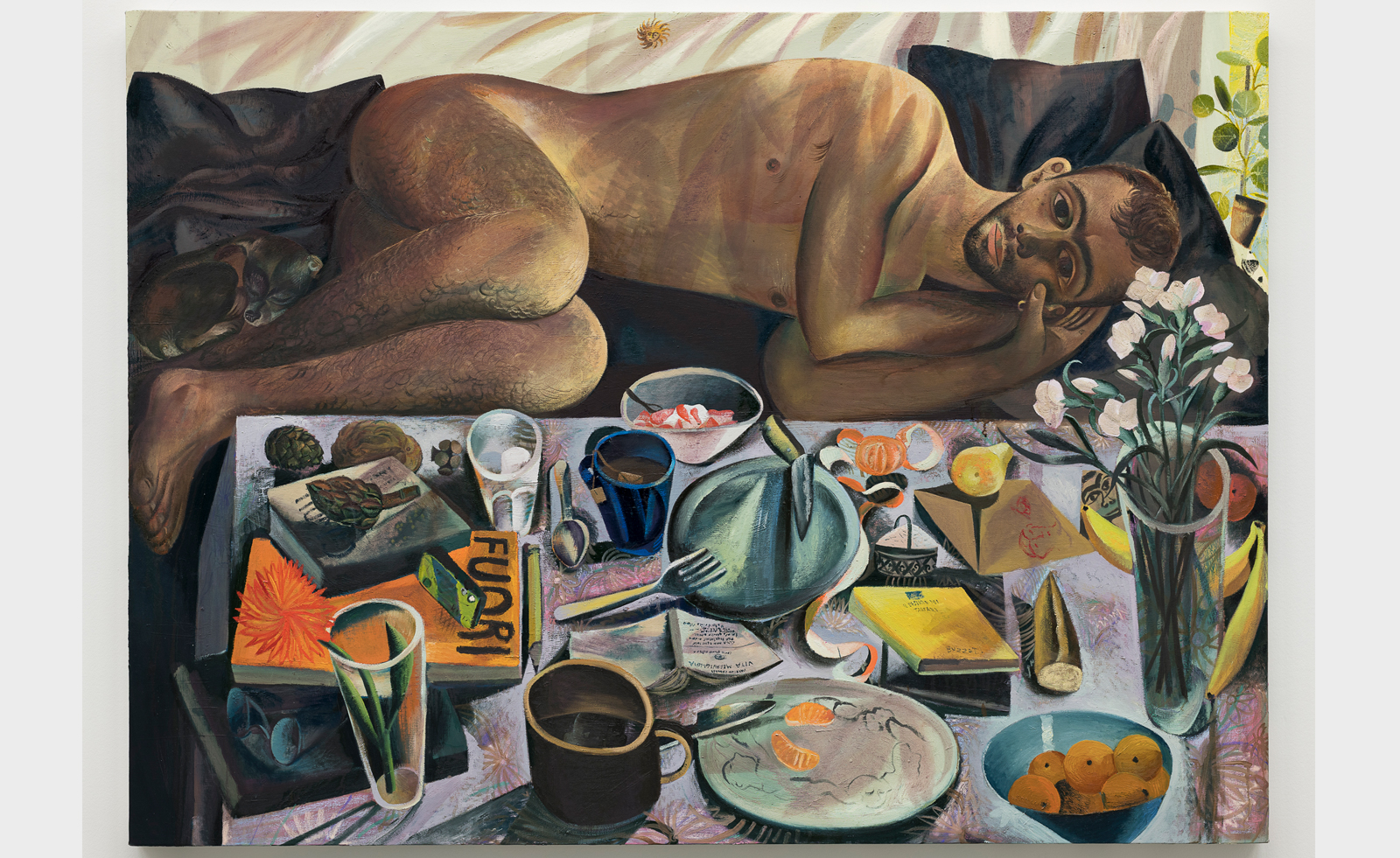
The title of Louis Fratino’s Satura at the Centro Pecci comes from a term in Latin, Satura Lanx. This was a plate of fruits that were intended for the Gods. It’s in this context that Fratino’s engagement with queer history, Italian landscapes, and the body itself, seem best understood. Throughout the images in Satura - paintings, lithographs, exploratory drawings - there are breadcrumbs leading towards queer cultural history, their offhand nature providing the show with a kind of 'if you know, you know,' extra dimension.
These can be as simple as paintings like View of Monte Cristo (2020) containing a book with Frank O’Hara’s name on it by an open window, to the stark shadows in the lithograph Figure After Dino Pedrialli (2020), a photographer Pasolini commissioned to spend two days with him in 1975, just days before his death. Pasolini seems like a perfect fit with Fratino’s body of work - this exploration of intimacy and the body in a way steeped in not just an emotional understanding of queerness but a historical, theoretical one as well.
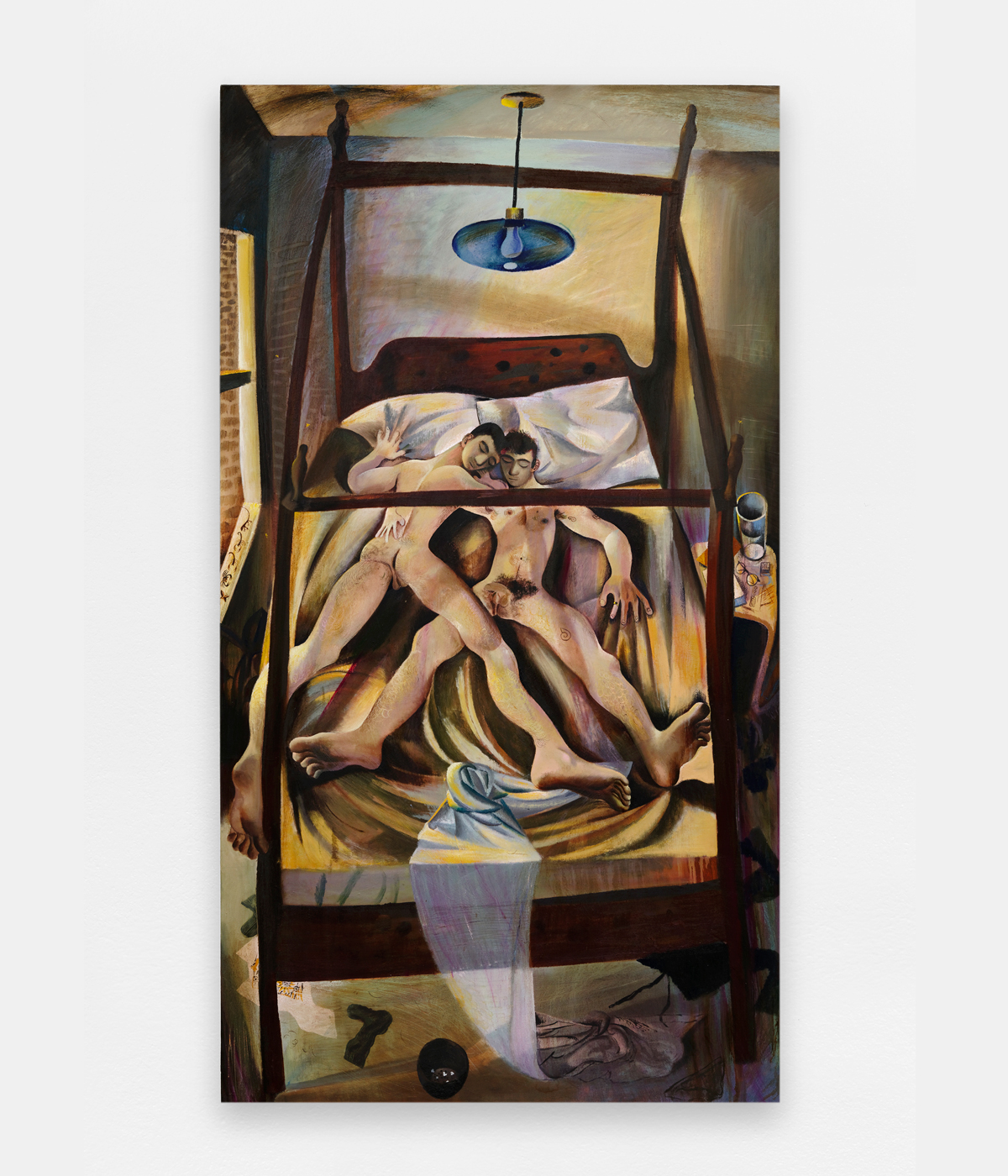
Four Poster Bed, 2021. Collezione De Iorio, Verona. Courtesy Galleria Ciaccia Levi, Milano/Paris. Photo: Aurélien Mole.
The multitudes through which Fratino grapples with queerness becomes mirrored in the space itself; with the images opposite one another in a long, winding corridor. On one side of the exhibition are images that explore interiors and domestic life, and opposite them are portraits of the natural world, something more vast and wild. What makes this effective is that, rather than simply showing that intimacy would function in one sphere but not another, Fratino instead shows how fluid the word can be. In View of Monte Cristo, a nude body is almost camouflaged amidst trees, but visible through the space where Fratino situates us - resting on the ledge by these open blinds are the O’Hara book, denim shorts, and a pencil. Fratino’s eye for detail, something that feels almost classically, academically ‘painterly’ in images that draw on the tradition of still life, as in You and Your Things (2022). And what this almost obsessive eye for minute details does, before it veers into feeling too academic and referential, is smuggles references to queerness into our understanding of art history. It’s tempting to consider this through the representational refrain “we have always been here,” which, although true, flattens what makes the work dynamic.
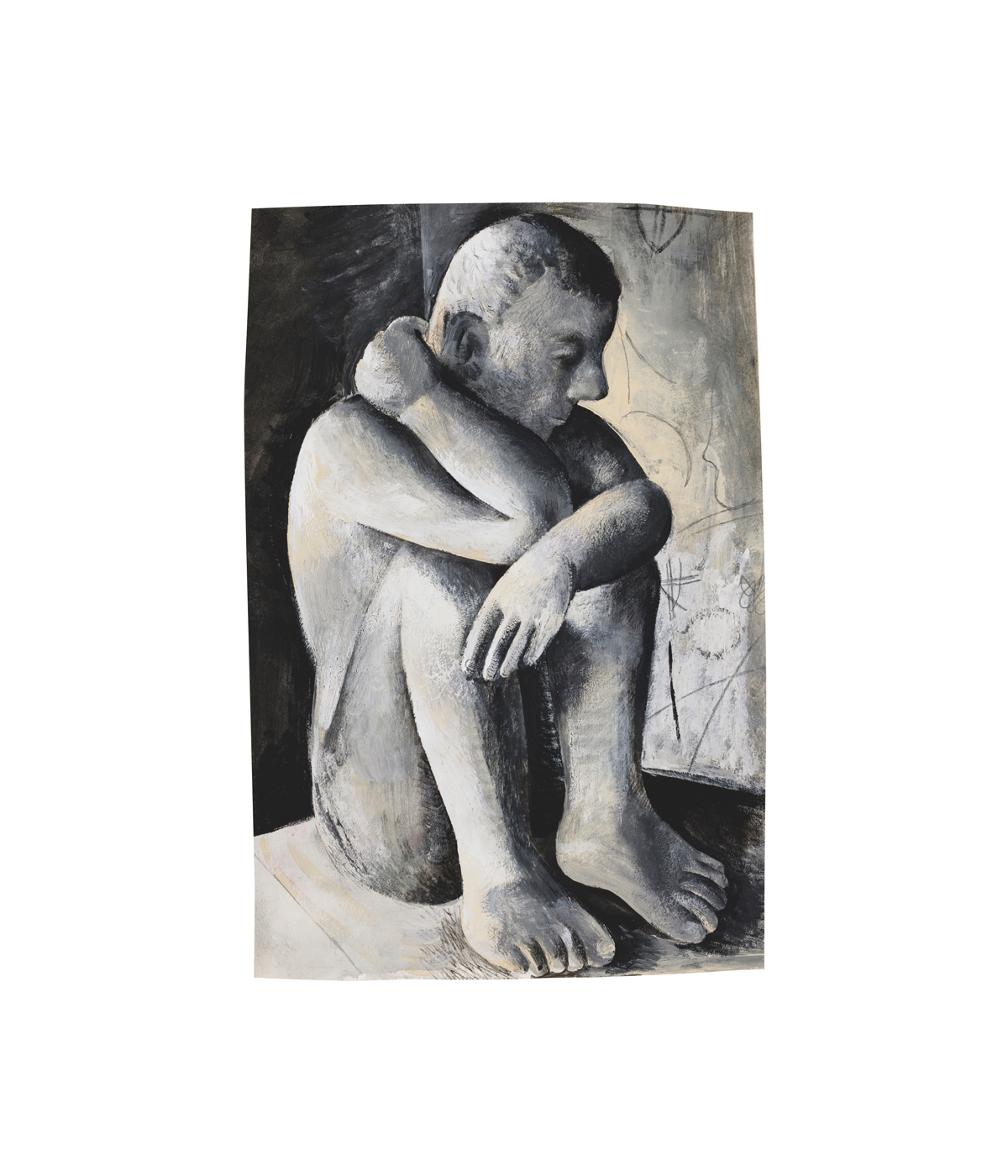
After Marini, 2022. Collezione E. Righi, Bologna. Courtesy Galleria Ciaccia Levi, Milano/Paris. Photo: Roberto Marossi
What feels like the heart of Fratino’s work isn’t merely the presence of queerness as a representational marker to point to, but the energy with which it infuses the exhibition, as if - like the Satura itself - it were somehow divine. Along with View of Monte Cristo, The Locust Trees (2024) offers an almost Edenic landscape of sprawling foliage and, buried in its depths are cruising bodies; Fratino’s work is imbued with a sense of possibility, an urgency that feels like it lives in the queer body specifically. This doesn’t always land perfectly; putting Fish Market (2020), a painting of fish together in a confined space next to Arci Bellezza (2023), a painting of bodies in close proximity feels like a curatorial leap that doesn’t quite stick the landing in terms of how it wants to present these bodies in relationship to one another and the natural world. If anything it undercuts the propulsive desire that gives Satura the impact that it has. This moves not just through embodiment - although this exists in much of Fratino’s work, and in placing images of bodies having sex, or striking erotic poses inspired by 20th century gay lifestyle magazines alongside the more traditional images of still lifes and landscapes liberates the idea of queerness, and queer desire in particular, as something to be othered - but through both interior and exterior spaces.
Throughout Satura, the body becomes an extension of the space, whether in the almost camouflaged nudes in some of Fratino’s landscapes, and in May (2020), where a body reflected in a bathroom mirror exists in the same space as an image nudes on a beach, and a series of strongman poses ripped from the pages of lifestyle magazines and early pornographic films, we see space becoming an extension of the figures in the space, filled with desire - sometimes furtive or unfulfilled, sometimes consummated - and, like the Satura Lanx once given to the gods, offers up something that is achingly human.
Louis Fratino 'Satura' is at Centro per l’Arte Contemporanea Luigi Pecci in Prato, Italy until 2 February 2025
Receive our daily digest of inspiration, escapism and design stories from around the world direct to your inbox.
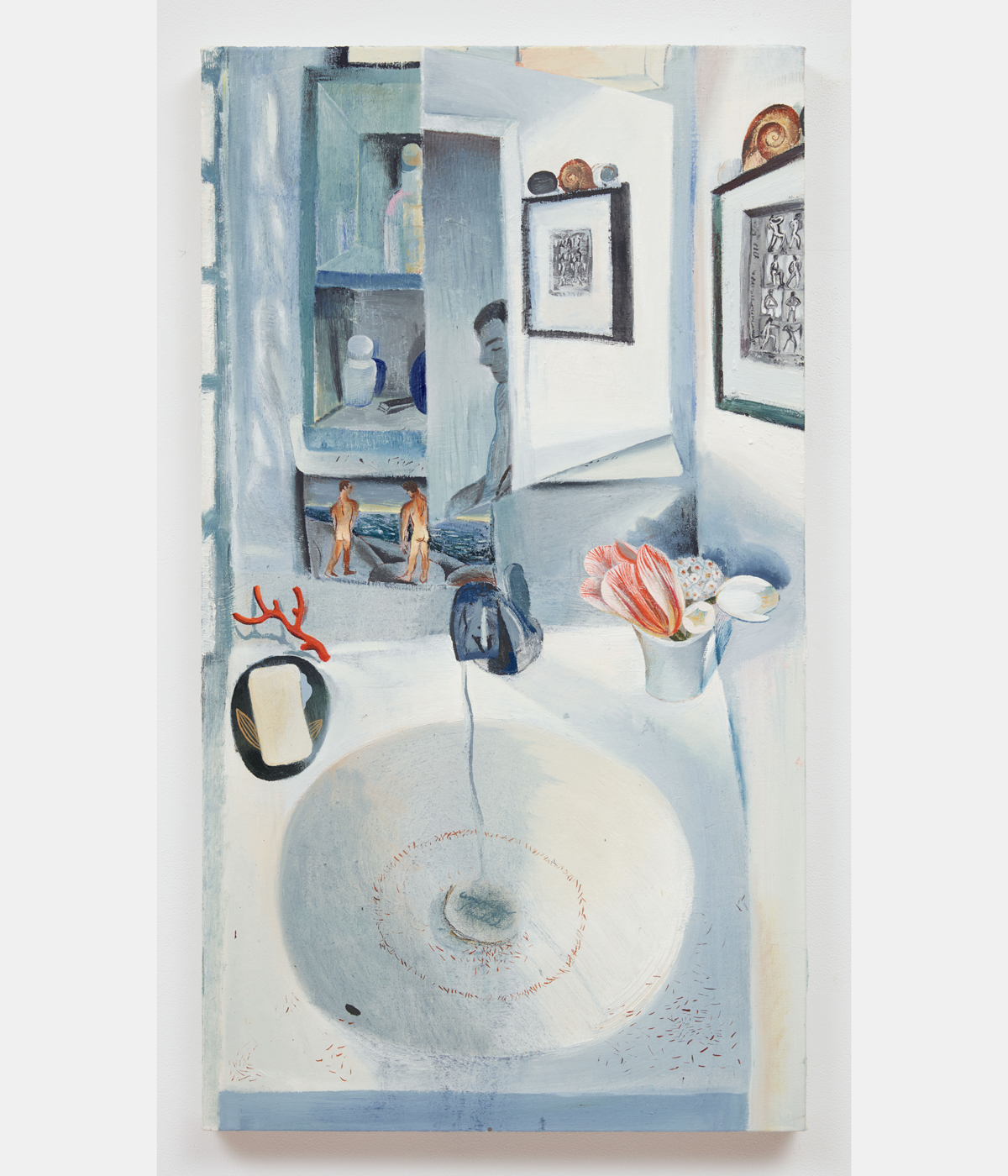
May, 2020. Courtesy of the artist and MCASD – Museum of Contemporary Art San Diego. Photo: Jason Wyche
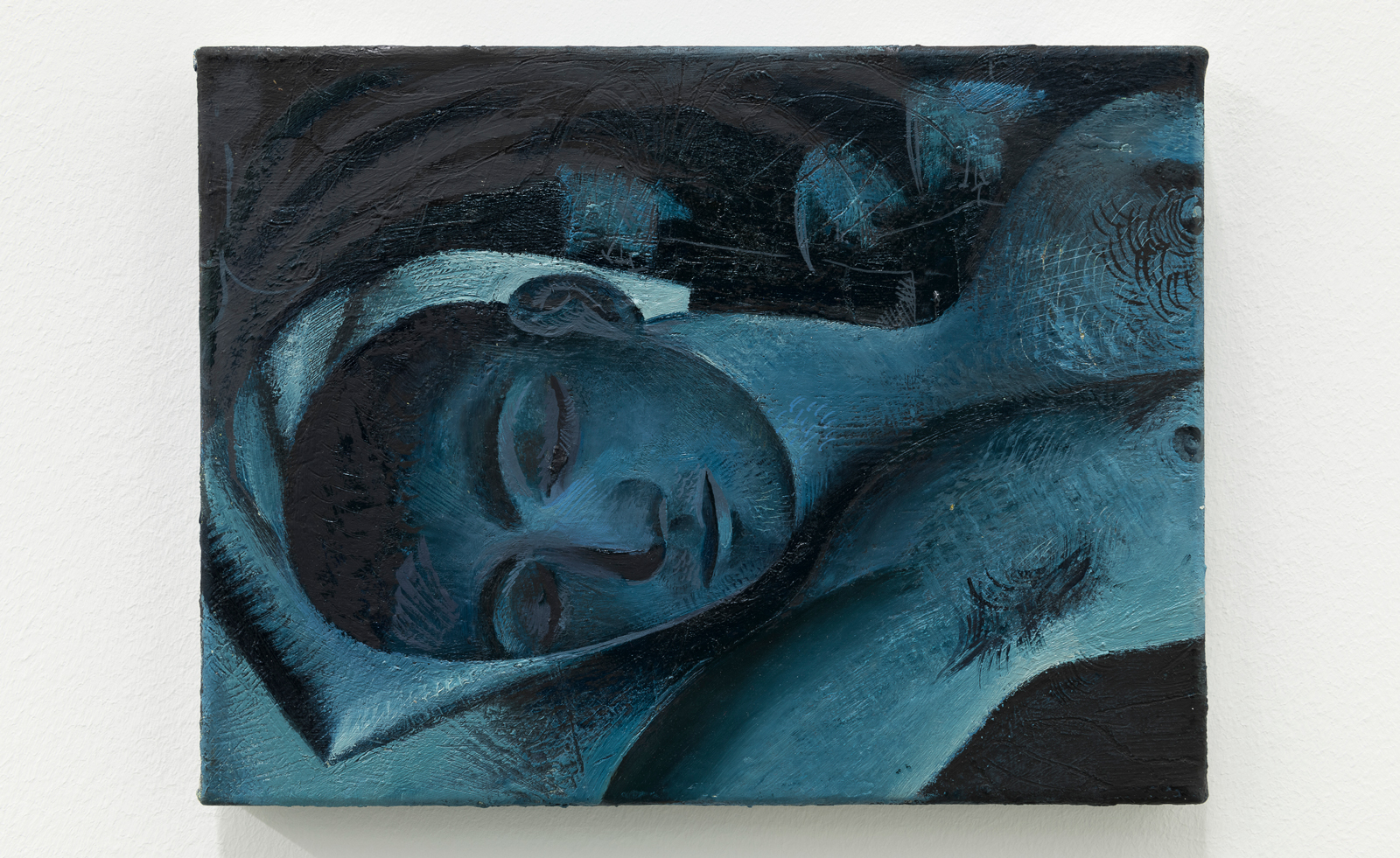
Indigo Tom, 2020. Collezione privata, Berlino / Private collection, Berlin. Courtesy of the artist and Galerie Neu, Berlin. Photo: Stefan Korte
Sam is a writer, artist, and editor. Their publications include All my teachers died of AIDS (Pilot Press, 2020), and Search history (Queer Street Press, 2023). They are one of the co-curators of TISSUE, a trans literary events and publishing initiative based in London
-
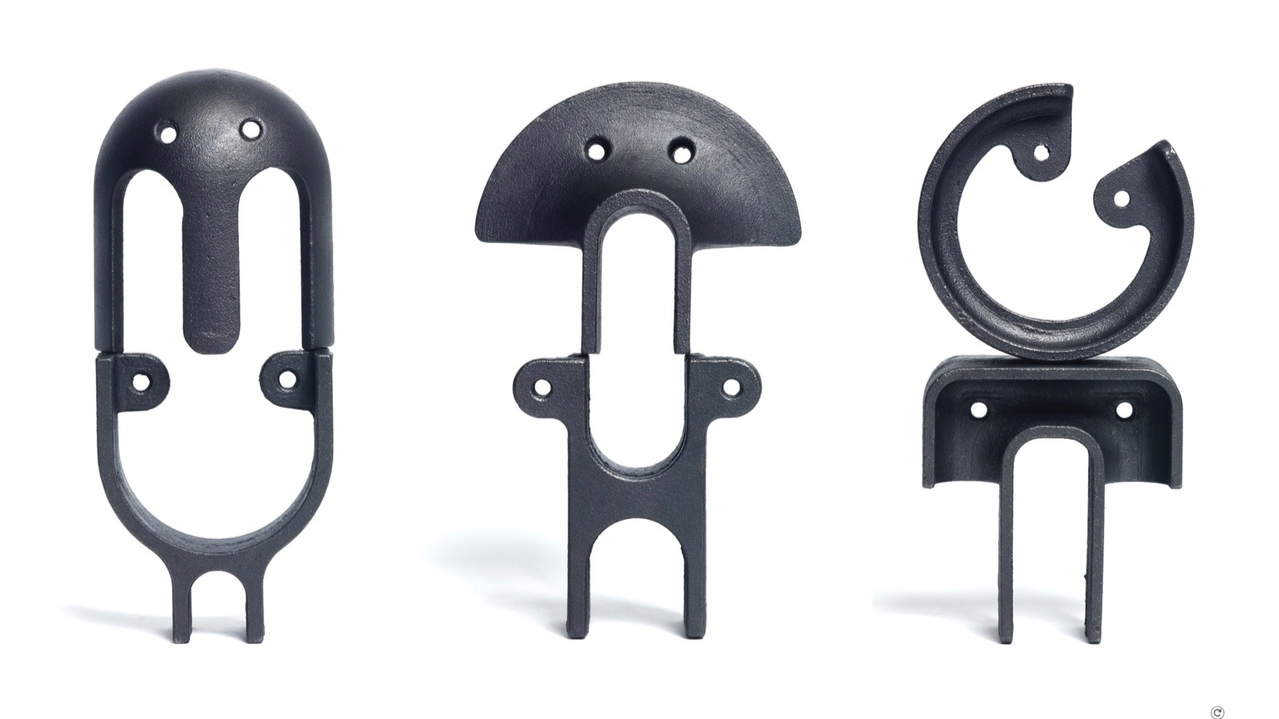 Studiomama’s cast faces capture a sense of childlike joy
Studiomama’s cast faces capture a sense of childlike joyMade in collaboration with one of London’s last traditional foundries, the studio’s ‘Face Castings’ series explores play, perception and the enduring influence of Bruno Munari
-
 Eileen Gray: A guide to the pioneering modernist’s life and work
Eileen Gray: A guide to the pioneering modernist’s life and workGray forever shaped the course of design and architecture. Here's everything to know about her inspiring career
-
 Inside Belmond’s most exclusive holiday villa yet, a lavish Ligurian palazzo
Inside Belmond’s most exclusive holiday villa yet, a lavish Ligurian palazzoOnce the theatre of lavish parties, Villa Beatrice is now a palatial haven of seclusion with easy access to Portofino’s Splendido, a Belmond hotel
-
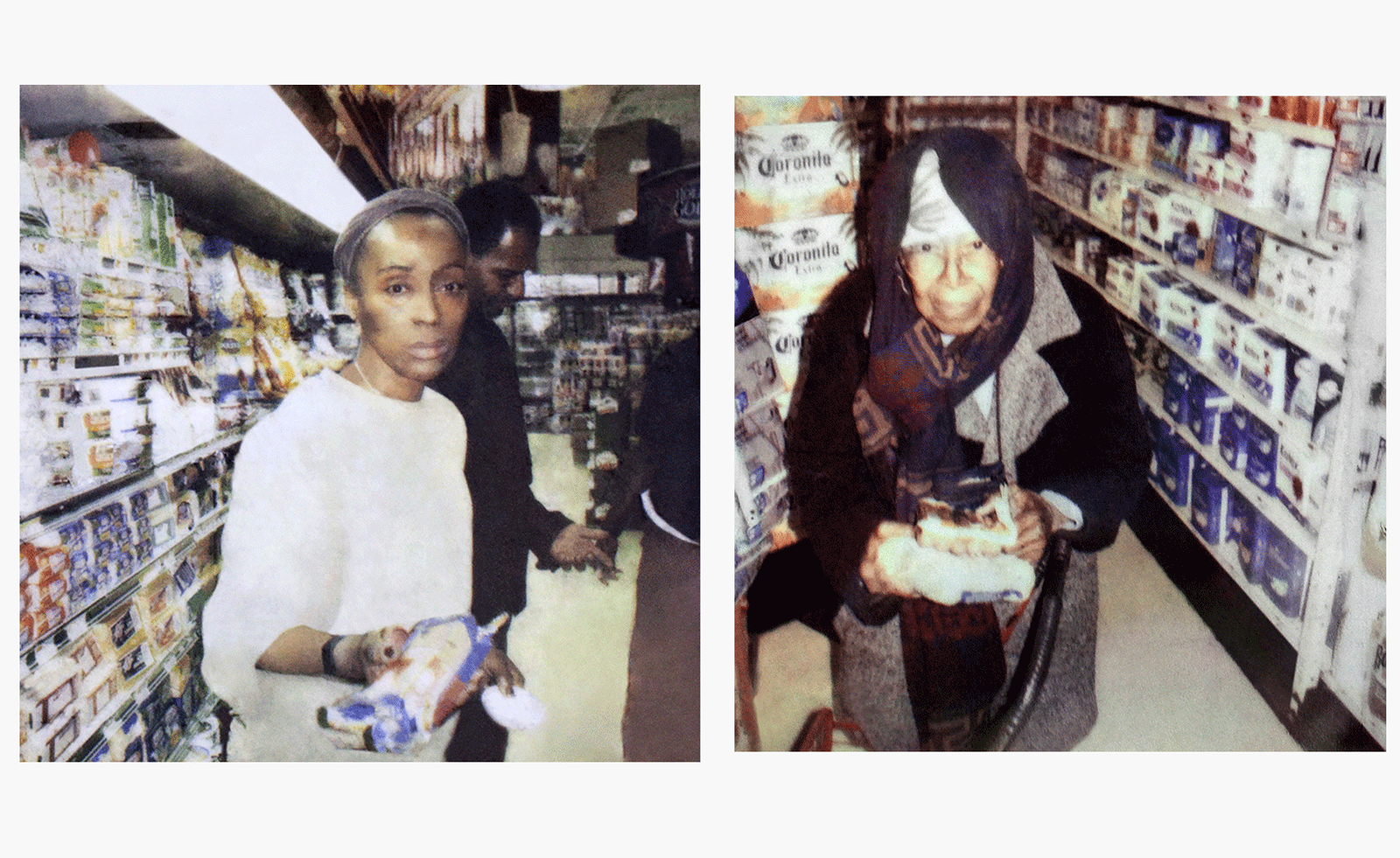 Photographer Mohamed Bourouissa reflects on society, community and the marginalised at MAST
Photographer Mohamed Bourouissa reflects on society, community and the marginalised at MASTMohamed Bourouissa unites his work from the last two decades at Bologna’s Fondazione MAST
-
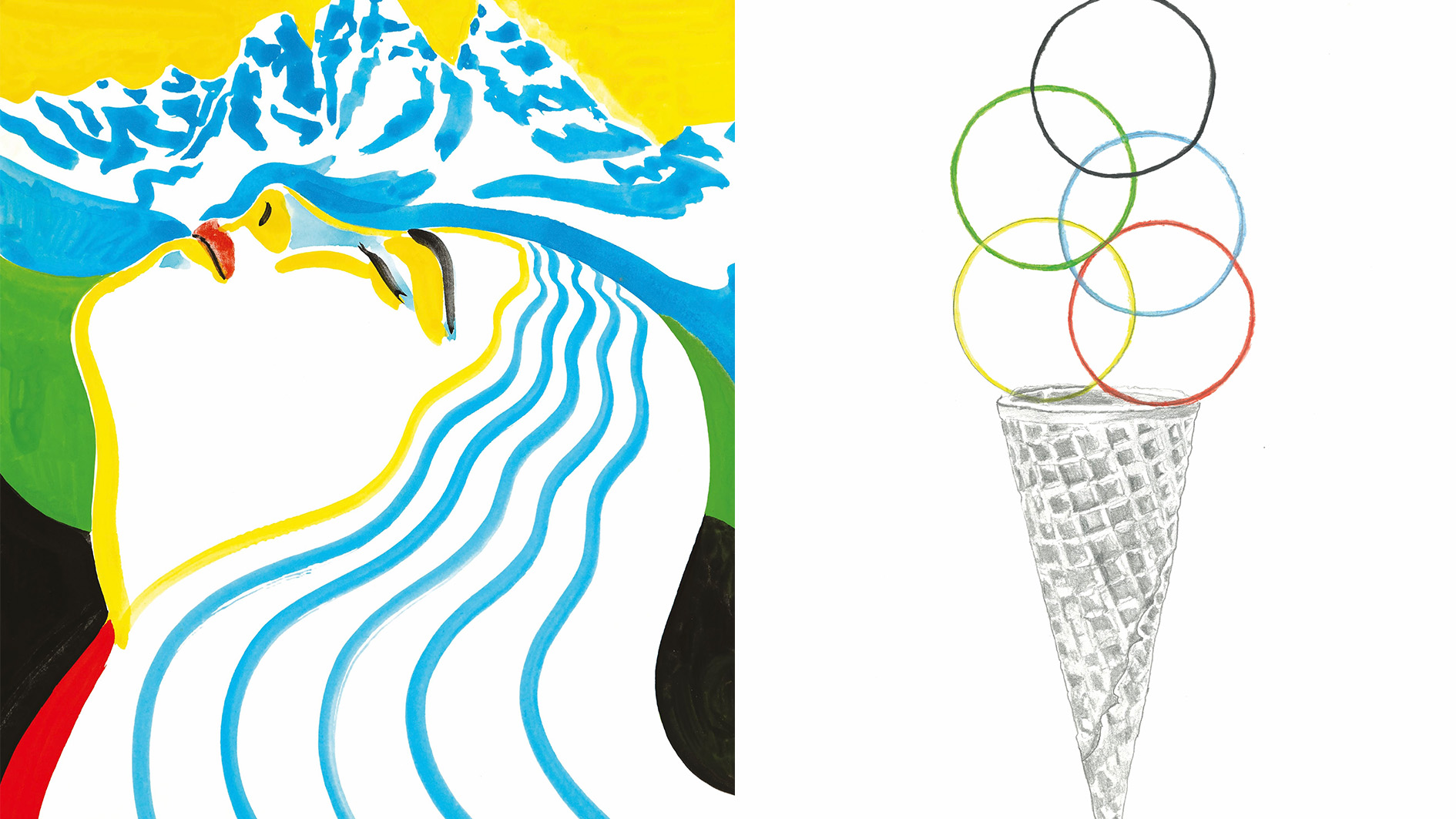 Ten super-cool posters for the Winter Olympics and Paralympics have just been unveiled
Ten super-cool posters for the Winter Olympics and Paralympics have just been unveiledThe Olympic committees asked ten young artists for their creative take on the 2026 Milano Cortina Games
-
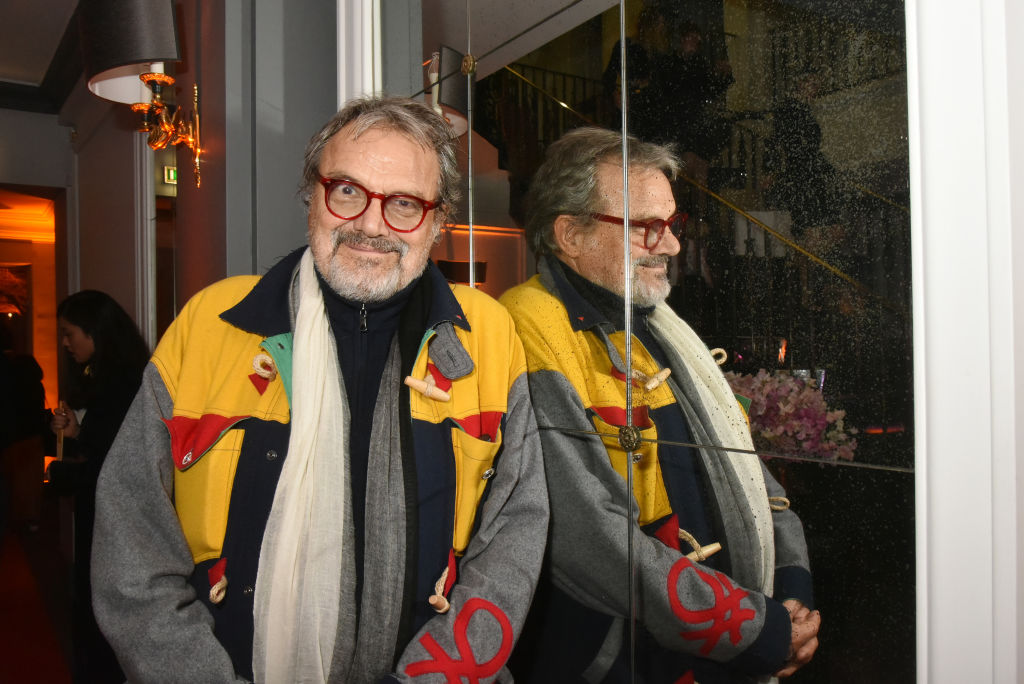 Remembering Oliviero Toscani, fashion photographer and author of provocative Benetton campaigns
Remembering Oliviero Toscani, fashion photographer and author of provocative Benetton campaignsBest known for the controversial adverts he shot for the Italian fashion brand, former art director Oliviero Toscani has died, aged 82
-
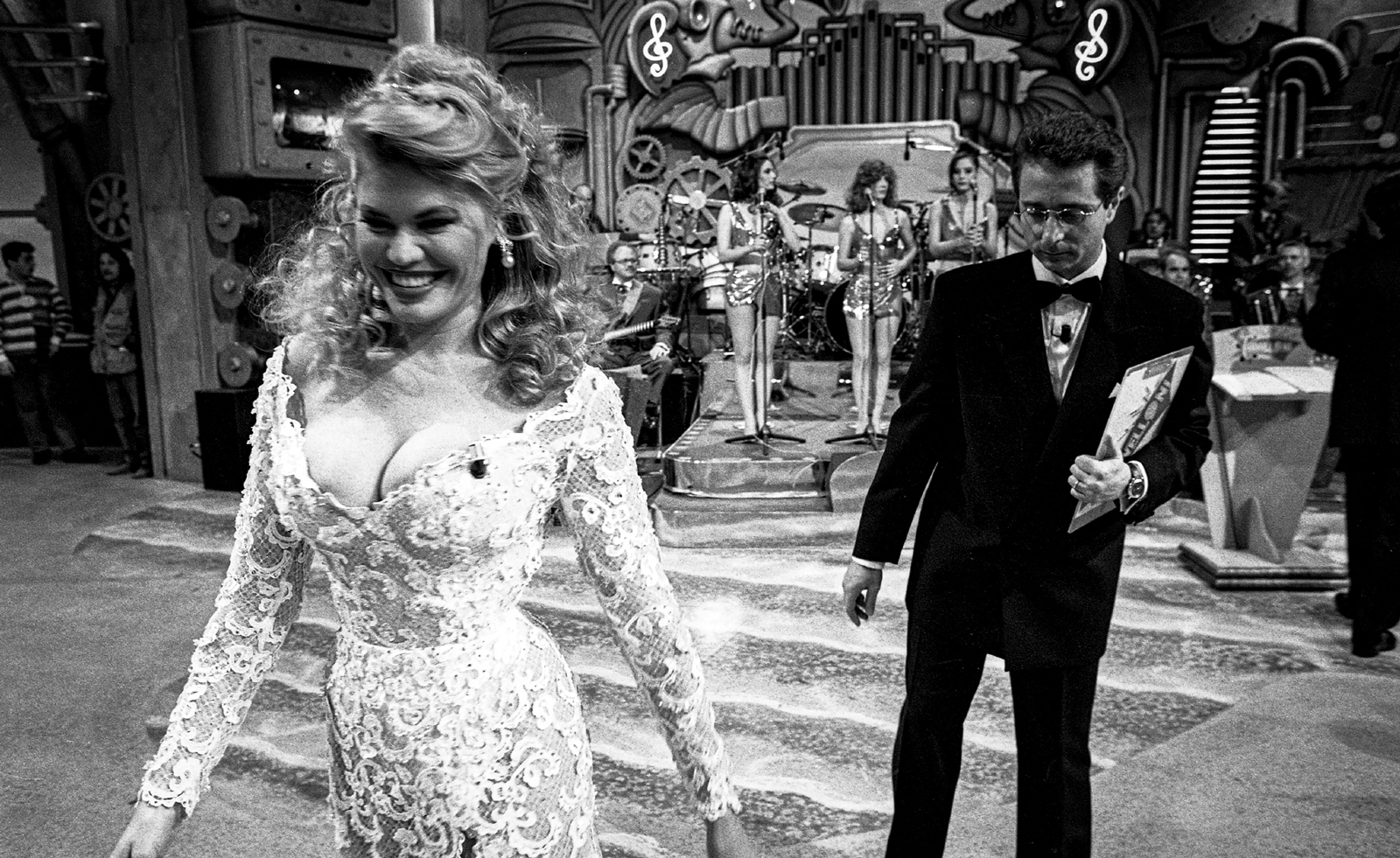 Distracting decadence: how Silvio Berlusconi’s legacy shaped Italian TV
Distracting decadence: how Silvio Berlusconi’s legacy shaped Italian TVStefano De Luigi's monograph Televisiva examines how Berlusconi’s empire reshaped Italian TV, and subsequently infiltrated the premiership
-
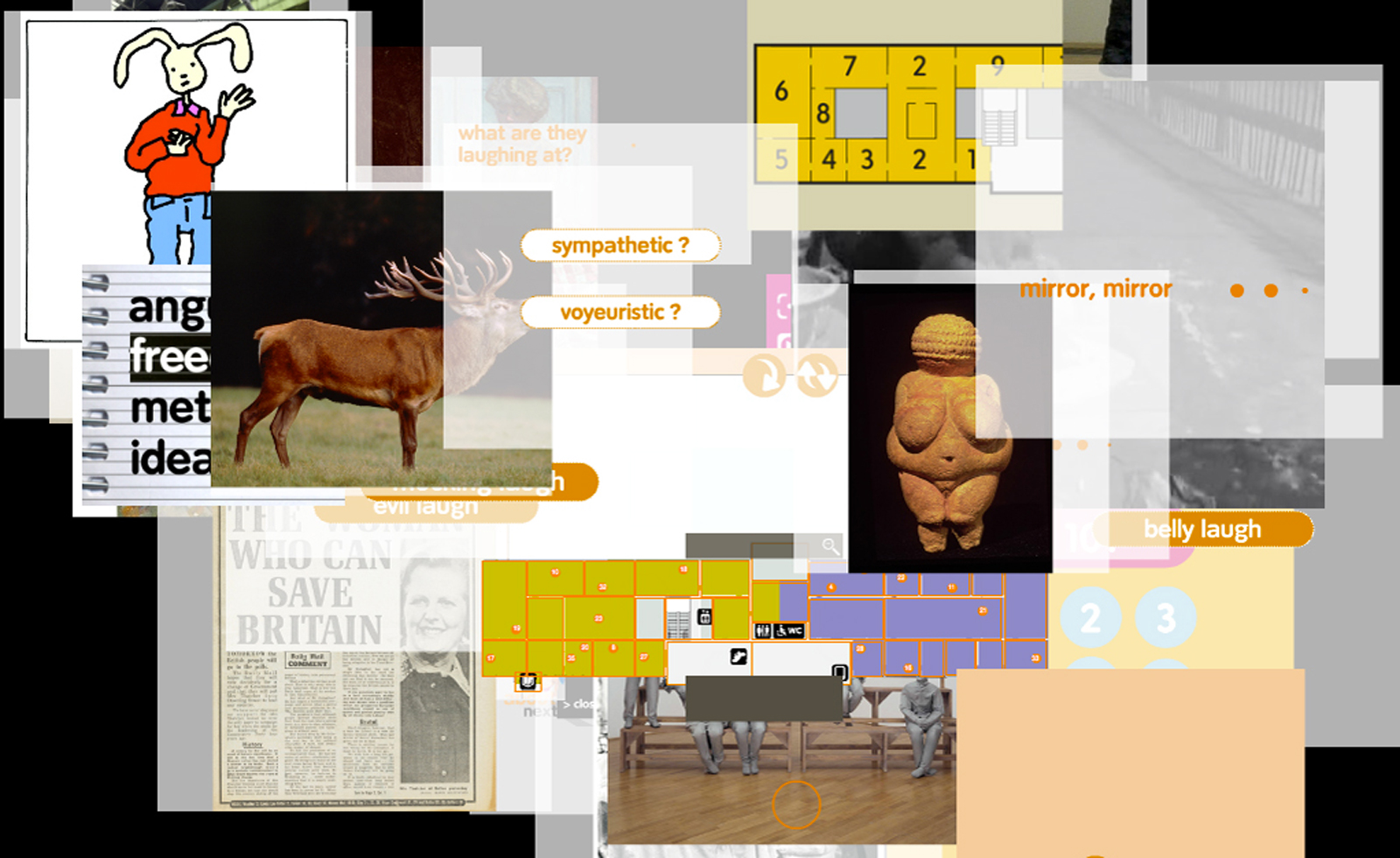 ‘I just don't like eggs!’: Andrea Fraser unpacks the art market
‘I just don't like eggs!’: Andrea Fraser unpacks the art marketArtist Andrea Fraser’s retrospective ‘I just don't like eggs!’ at Fondazione Antonio dalle Nogare, Italy, explores what really makes the art market tick
-
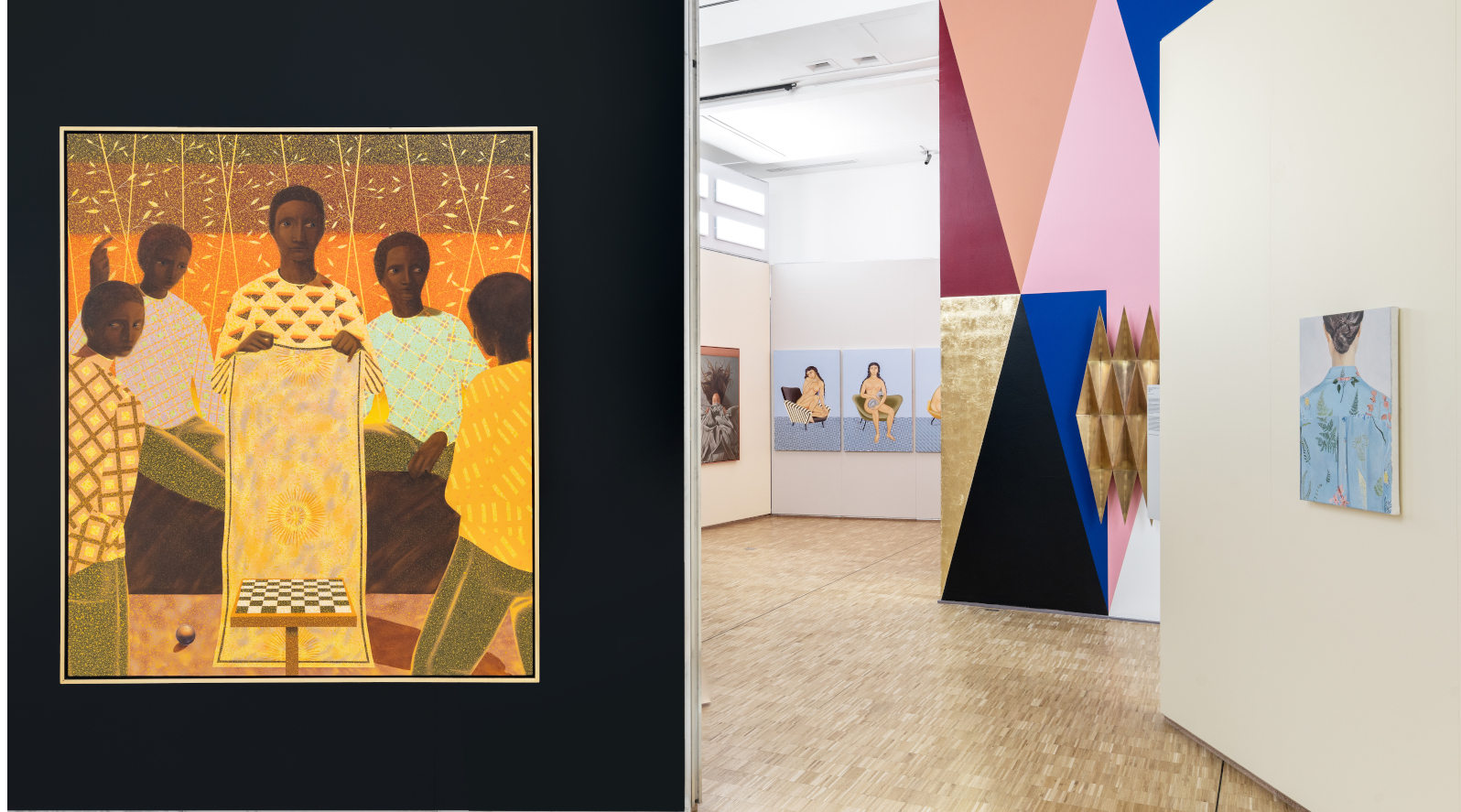 Triennale Milano exhibition spotlights contemporary Italian art
Triennale Milano exhibition spotlights contemporary Italian artThe latest Triennale Milano exhibition, ‘Italian Painting Today’, is a showcase of artworks from the last three years
-
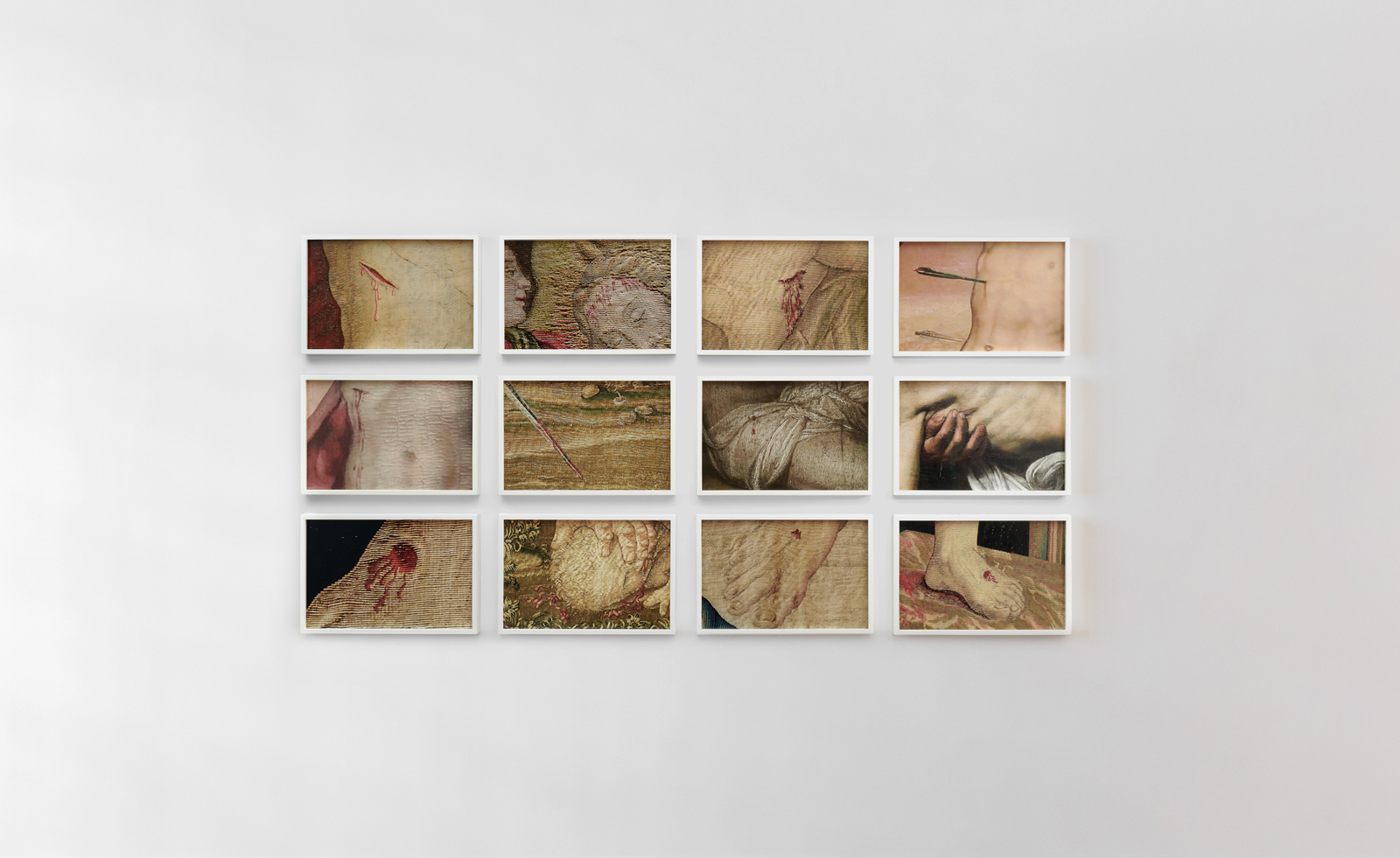 Walls, Windows and Blood: Catherine Opie in Naples
Walls, Windows and Blood: Catherine Opie in NaplesCatherine Opie's new exhibition ‘Walls, Windows and Blood’ is now on view at Thomas Dane Gallery, Naples
-
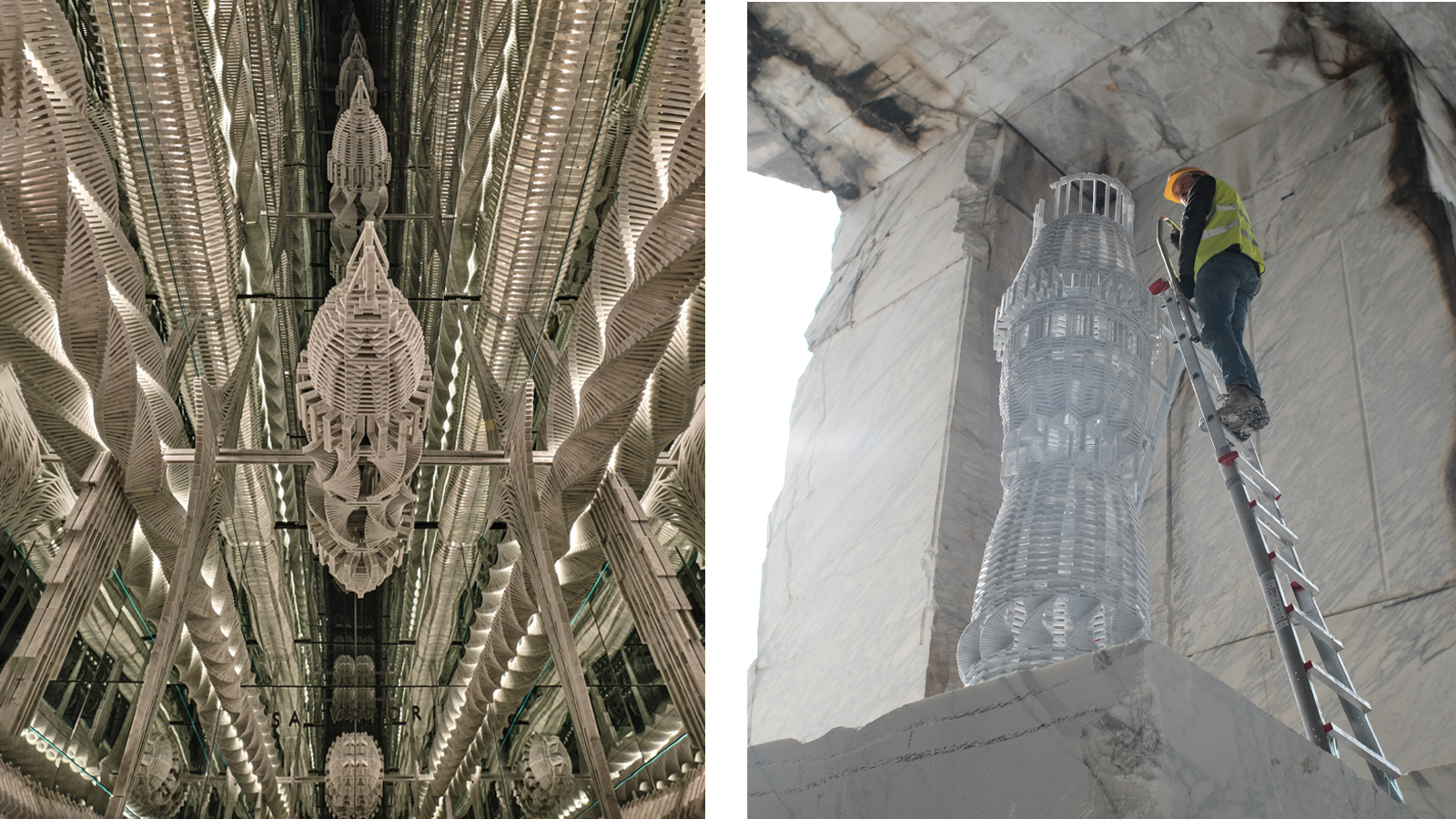 Raffaele Salvoldi stacks hundreds of marble blocks for dazzling Milan installation
Raffaele Salvoldi stacks hundreds of marble blocks for dazzling Milan installationFor a Milan Design Week 2023 installation, Italian artist Raffaele Salvoldi teams up with marble brand Salvatori to create architectural sculptures comprising hundreds of marble blocks